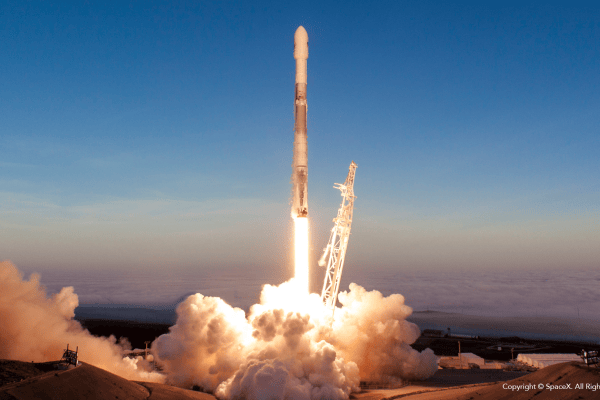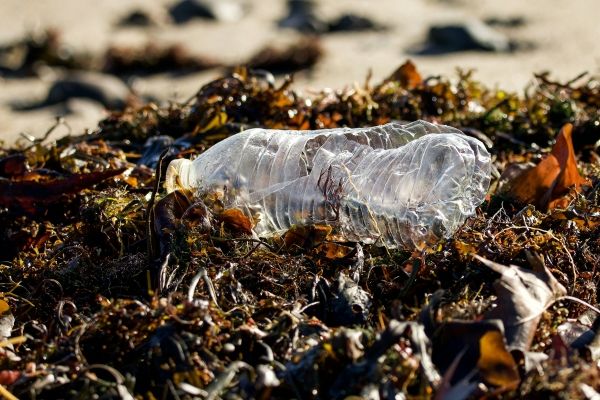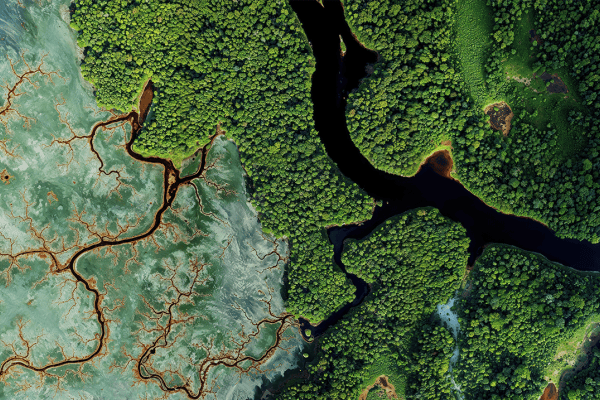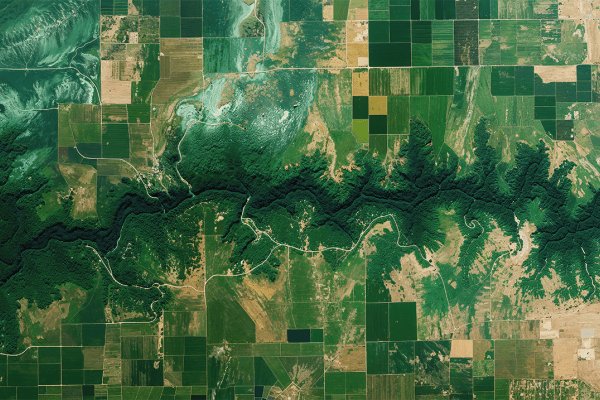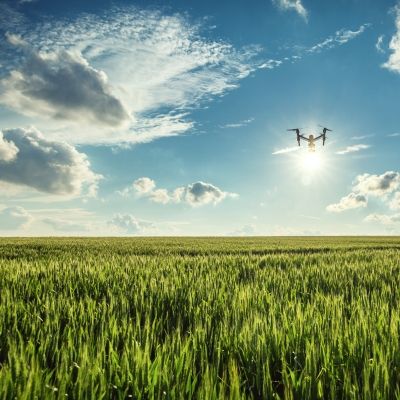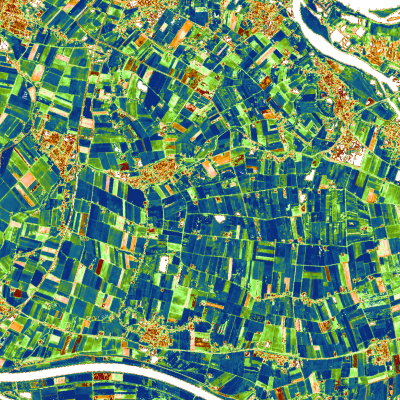Sense of Field
In the Sense of Field project, SESVanderHave, Biometris and VITO collaborate to combine data and support the sugar beet breeding program.
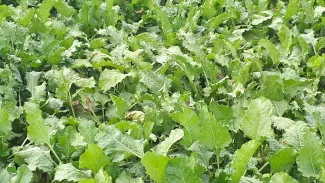
Agricultural context
Agriculture is recently undergoing very fast and profound changes such as the consumer demand for reduced use of plant protection products and fertilizers. These changes to a sustainable agriculture are high on the political agenda of many countries and well described in the Farm-to-Fork strategy and the 'Common Agricultural Policy (CAP) of the European Union. This trend is reinforced by climate change, which has already led to an expansion of the occurence of plan pathogens. In addition, climage change causes more extreme weather conditions such as long periods of heat and drought with a significant impact on crop yield. But there are technological solutions ahead!
SESVanderHave, as a sugar beet breeder, has always been at the forefront of providing farmers with new sugar beet varieties which have higher resistance to diseases, lower environmental impact and highter yields. Now they are preparing the next generation of sugar beet seeds, that are better adapted to environmental stresses like drought and heat, while maintaining their high level of yield and disease resistance.

Sense of Field project
In this challenging context, SESVanderHave, VITO and Biometris decided to collaborate and submit a project proposal called 'Sense of Field' (SOF) to VLAIO, Agentschap Innoveren en Ondernemen.
The partners already have a long track record of bilateral collaboration in the past. In 2016, SESVanderHave and VITO started to work together on several projects related to drone-based phenotyping for disease monitoring, one of which was the BELSPO-funded BEETPHEN project.
Since 2008, SESVanderHave and Biometris have been collaborating on the development of statistical methodology to support the sugar beet breeding program of SESVanderHave. Topics that received attention are the design and analysis of field trials, population genetic analysis of breeding material, and the development of genomic prediction models and genomic selection strategies.
Goal of Sense of Field
SESVanderHave already has a large pool of seeds that were selected based on genomic information and information from field trials. Now, with the help of drones, the associated technology and weather stations in the field, SESVanderHave experts can learn a lot more about what exactly happens between sowing and harvest. Thanks to all these Sense of Field parameters and models, they only need to follow up a certain number of plants and can predict their behavior. SESVanderHave can use this genomic selection to predict what type of sugar beet they should develop for a particular market, while taking factors such as heat and drought into account.
- combine data obtained from weather stations, soil sensors and UAV imaging in genomic selection models to enable a better consideration of environmental data in our prediction models.
These insights will be applied to genomic selection models to increase yield performance and environmental adaptability of the SESVanderHave product portfolio. This data-driven predictive breeding approach will provide the required insights to face climate change related challenges during the next decades.
- identify secondary sugar beet traits which are relevant to yield or adaptability to specific agro-ecological environments (ideotypes).
Genomic selection and high-throughput phenotyping
The selection of new plant genotypes based on DNA profiles that predict phenotypic traits like yield and disease resistances has been proven to be an efficient breeding technique in animal breeding and is currently being evaluated and adapted for use in plant breeding. This method is called genomic selection.
The benefits are mainly due to the early identification of sugar beet genotypes with high yield potential or improved resistance and crossing using genomic predictions instead of expensive and laborious field phenotyping. Thus, there is potential to reduce the breeding cycle by three-four years (30% reduction) through the identification of the right crossing partners and in turn increase genetic gain and bring new and more competitive varieties earlier to the market.
Within the Sense of Field project, we aim to integrate environmental data, such as temperature during the growing season and traits observed by drones, with the already existing genomic selection models. An important aspect is the selection of new varieties that perform better under for example drought conditions. Since a couple of years, breeders can obtain more phenotypic (drones, satellite) and environmental information (weather stations) at lower cost, offering great opportunities to find better varieties. High-throughput phenotyping models like drones allow the measurements of sugar beet plants over the growing season in contrasting environmental conditions.
New insights and new algorithms
While the direct aim is to use advanced selection methods based on the incorporation of traits and environmental data measured during the growing season; this is only part of the story.
Breeding is a complex process and broadening genetic variability is as crucial as selecting the right varieties.
As all the major breeding companies, SESVanderHave is investing heavily in remote sensing and high-throughput technologies. Through the MAPEO platform, VITO's end-to-end solution to process, visualize and analyse drone data for various applications including phenotyping, VITO has monitored many field trials with drones over the growing seasons, delivering relevant information on crop cover, crop height and crop health.
Within the Sense of Field project we are developing new plant traits which are relevant for the plant breeders, like crop count at different leaf stages, gap counting, time to row closure, Leaf Area Index, Leaf angle,... Once developed they will be integrated into MAPEO's operational processing chain.
For the incorporation of phenotypic and environmental information from sensors into genomic prediction models, Biometris will generalize existing mixed model technology for genomic prediction. One approach is via the inclusion of multiple genetic kernels, where each kernel represents a type of input data (markers, various classes of phenotypic data). Another approach uses a combination of dimension reduction and mixed modelling.
Special attention will be given to the dynamic character of phenotypes and environmental data obtained by sensors over the growing season. To take benefit of dynamical information, Biometris will use a combination of splines technology and differential equation modelling.
VITO's counting algorithm
Often field technicians were counting manually the number of beets that were emerging after sowing. This counting was very labor intensive and also prone to mistake. VITO developed an algorithm to count emerged beets and gaps. The new algorithm allows a better precision and time & money savings.
Next to drone based information, VITO is also providing satellite information on the test field locations to get insights into the natural heterogeneity of the fields. This can be relevant for both existing trials, to better estimate the role of the environment to the yield calculation and even before, to select those fields with minimal heterogeneity.
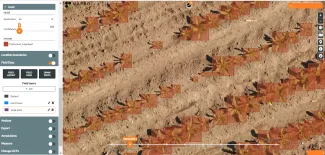
Drought
Low water availability is one of the main driving forces of crop yields across the world. With climate change, the frequency and intensity of heat waves and drought will increase in many areas around the globe. Therefore, drought tolerance has become a major target for breeding companies. One of the major goals of the SoF project is to develop methodologies that will allow the development of varieties that are more drought-tolerant than the current varieties.


